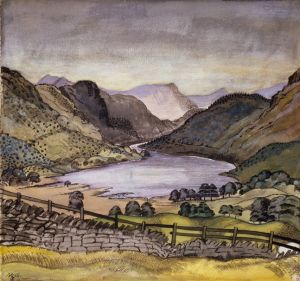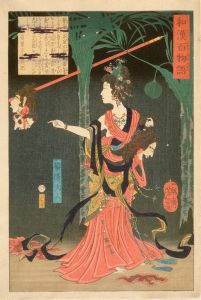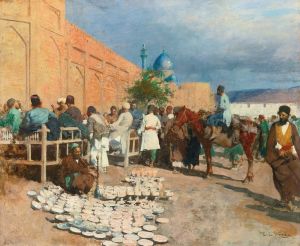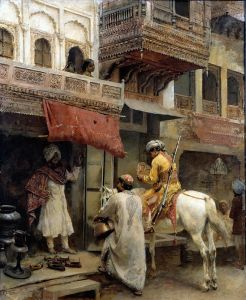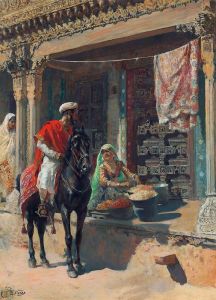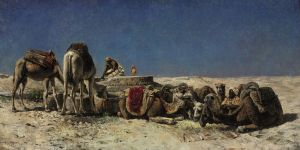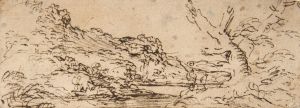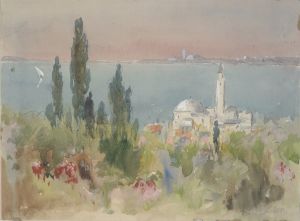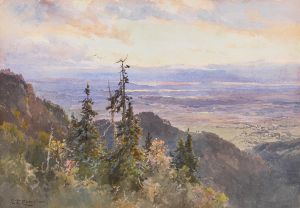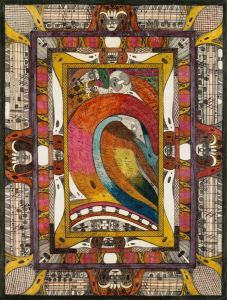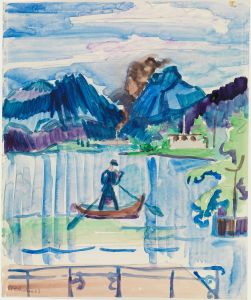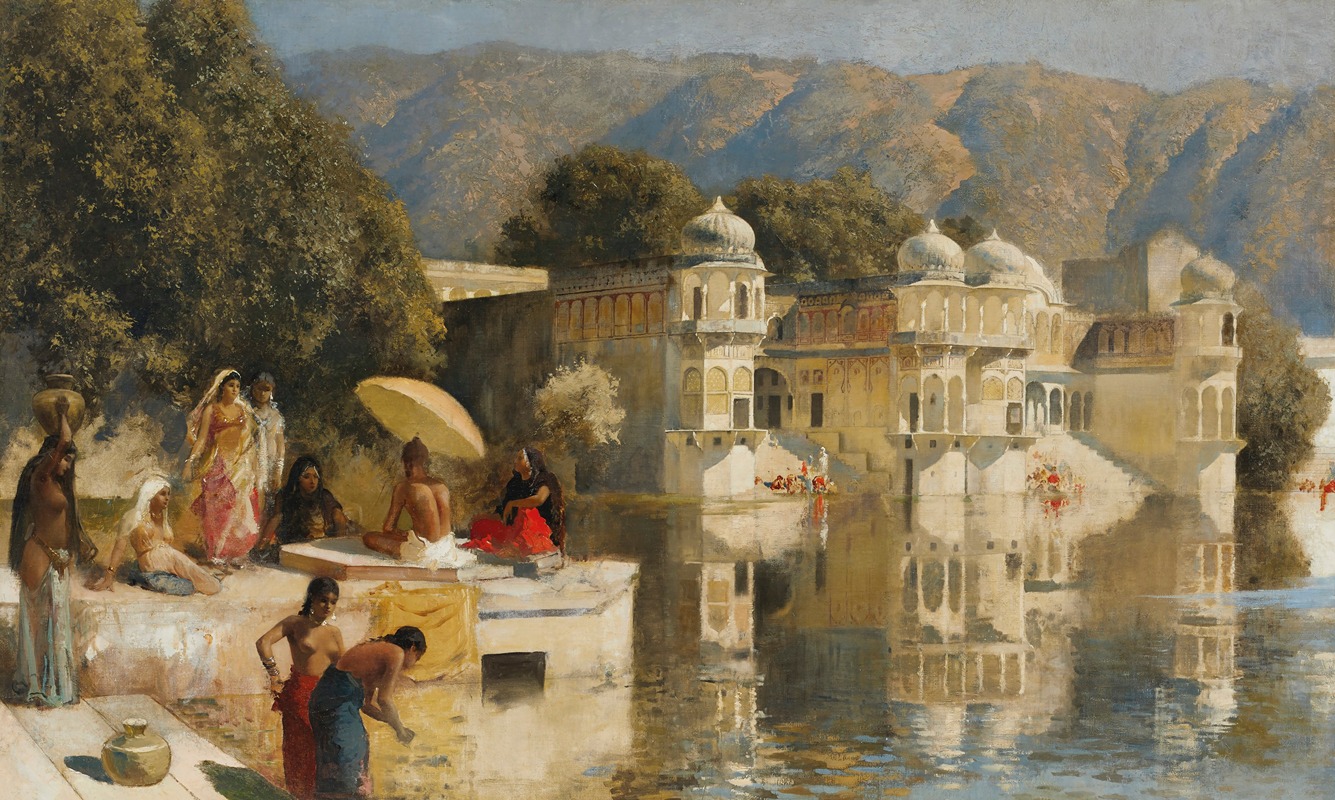
Lake at Oodeypore, India
A hand-painted replica of Edwin Lord Weeks’s masterpiece Lake at Oodeypore, India, meticulously crafted by professional artists to capture the true essence of the original. Each piece is created with museum-quality canvas and rare mineral pigments, carefully painted by experienced artists with delicate brushstrokes and rich, layered colors to perfectly recreate the texture of the original artwork. Unlike machine-printed reproductions, this hand-painted version brings the painting to life, infused with the artist’s emotions and skill in every stroke. Whether for personal collection or home decoration, it instantly elevates the artistic atmosphere of any space.
Edwin Lord Weeks was an American artist known for his Orientalist paintings, which captured the landscapes, architecture, and people of the Middle East and South Asia. One of his notable works is "Lake at Oodeypore, India," which reflects his fascination with the Indian subcontinent and its rich cultural heritage.
Edwin Lord Weeks was born in Boston, Massachusetts, in 1849. He developed an interest in art and travel at a young age, which led him to study in Europe and eventually embark on extensive travels throughout the Middle East and South Asia. Weeks was particularly drawn to India, where he found inspiration in its vibrant colors, intricate architecture, and diverse cultures. His travels in India provided him with a wealth of material that he translated into his paintings.
"Lake at Oodeypore, India" is a testament to Weeks's skill in capturing the essence of a place. The painting depicts a serene scene at Lake Pichola in Udaipur, which is often referred to by its historical name, Oodeypore. Udaipur is known for its picturesque lakes and palaces, and Lake Pichola is one of the most famous among them. The lake is surrounded by hills, and its waters reflect the grandeur of the City Palace and other architectural marvels.
In this painting, Weeks employs a keen eye for detail and a masterful use of light and shadow to bring the scene to life. The composition is carefully balanced, with the tranquil waters of the lake occupying the foreground and the majestic architecture of Udaipur rising in the background. The painting captures the play of light on the water's surface, creating a shimmering effect that adds to the overall sense of calm and beauty.
Weeks's use of color is particularly noteworthy in "Lake at Oodeypore, India." He employs a palette that reflects the natural hues of the landscape, with soft blues and greens dominating the scene. The warm tones of the buildings and the subtle variations in the sky further enhance the painting's atmospheric quality. This attention to color and light is characteristic of Weeks's work and contributes to the painting's ability to transport viewers to the location it depicts.
As an Orientalist painter, Weeks was part of a broader movement in 19th-century art that sought to capture the exotic and often romanticized aspects of the East. His works are characterized by their attention to detail and their ability to convey the atmosphere of the places he visited. "Lake at Oodeypore, India" exemplifies these qualities and stands as a significant example of Weeks's contribution to Orientalist art.
Edwin Lord Weeks's paintings, including "Lake at Oodeypore, India," continue to be appreciated for their artistic merit and their ability to provide a glimpse into the world as it appeared to a 19th-century traveler. His work remains an important part of the Orientalist tradition, offering insights into the cultural and historical contexts of the regions he depicted. Through his art, Weeks invites viewers to explore the beauty and complexity of the places he visited, leaving a lasting legacy in the world of art.





